Have you ever imagined walking through a sun-drenched Italian countryside only to suddenly be hit by a foul, unexpected smell from above? It’s not just your imagination—Italy is home to some remarkable birds that have mastered the art of dropping stinky “bombs” as their ultimate defense strategy. These birds have turned the act of repelling predators into a dramatic, almost comical display of nature’s ingenuity. Their unusual tactic isn’t just shocking—it’s a window into the wild world of survival, reminding us that sometimes, the best defense is a smelly offense. The world of birds is full of surprises, but few are as unforgettable as the defensive stench tactics of these unique Italian residents.
Unveiling Italy’s Most Infamous Avian Offenders
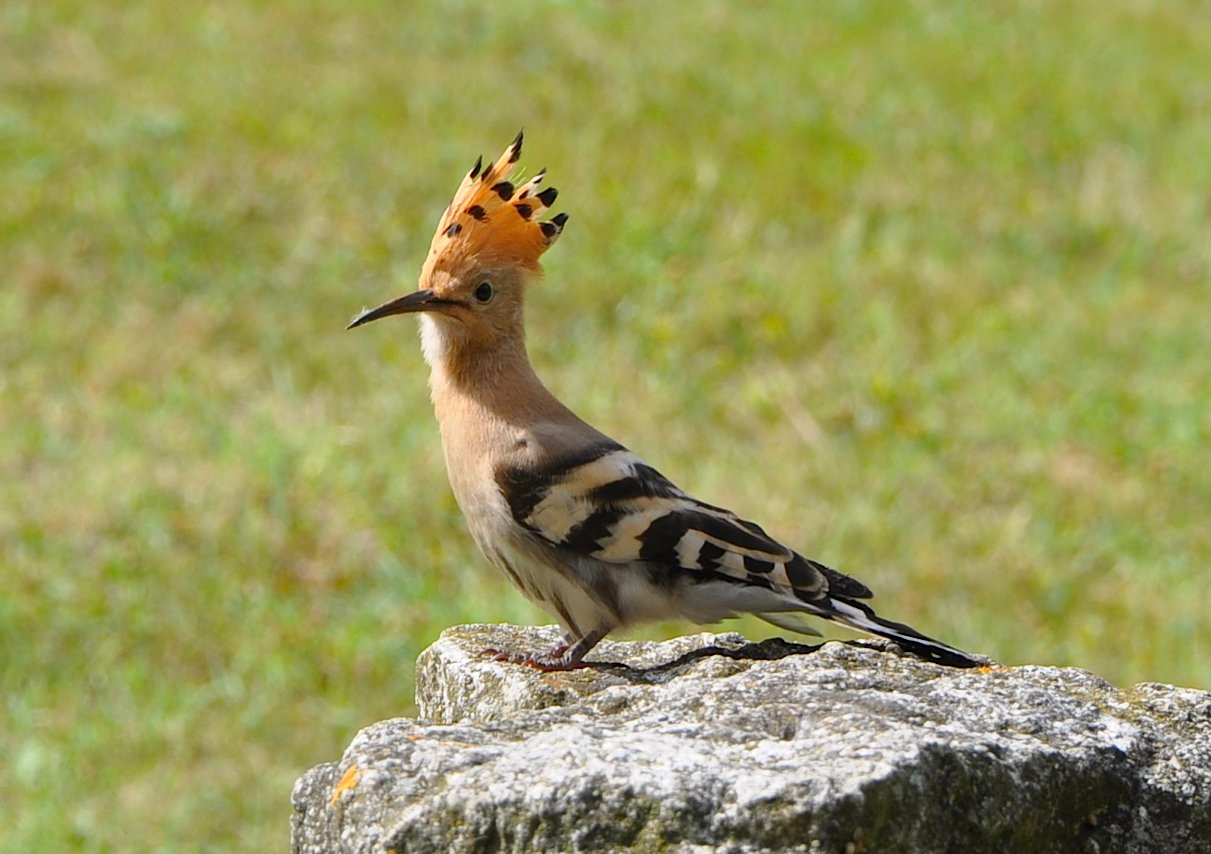
Italy is a haven for birdwatchers, boasting an impressive array of species, but among these feathered inhabitants, a few stand out for their notoriously smelly defense tactics. The Eurasian Hoopoe and the European Roller are two prime examples found across Italy’s diverse landscapes. These birds have developed a reputation not just for their striking plumage but for their ability to weaponize foul-smelling substances against would-be predators. Locals sometimes call them “nature’s pranksters” because of their shocking, odor-based tactics. Their presence in Italian folklore and rural stories only adds to their mystique, making them both admired and avoided. While their appearances are striking, it’s their unique stink bombs that leave a lasting impression on anyone who crosses their path. The next time you hear a bird’s sharp cry on an Italian hillside, you might want to check the sky before looking up.
The Science Behind the Stink: Why Birds Use Smelly Bombs
Defensive odors are a classic example of evolutionary innovation, and for these Italian birds, it’s all about survival. When threatened, these birds can emit a noxious liquid or substance that deters predators by overwhelming their senses. Scientists believe this adaptation evolved as a response to the high pressure of predation in Mediterranean habitats, where ground nests are often easy targets. The stench is not just unpleasant—it can linger on fur or feathers, making predators think twice about attacking again. This chemical defense works much like the sprays of skunks or the ink clouds of squid, showing that the animal kingdom is full of creative solutions to the age-old problem of survival. In the case of Italy’s stink-bombing birds, the chemical compounds are potent enough to dissuade even the most determined fox or snake. These birds prove that sometimes, a good stink is worth a thousand feathers.
The Eurasian Hoopoe: Italy’s Feathered Skunk
The Eurasian Hoopoe, with its dramatic crown of feathers and zebra-like wings, might not look menacing at first glance. Yet, this bird is infamous for its ability to produce a foul-smelling secretion from a gland near its tail, especially during nesting season. When alarmed, hoopoe chicks and even adult females will eject this oily, rotten-smelling substance directly at intruders. The smell has been compared to rancid meat or old cheese, and it can linger for hours on a would-be predator. This simple but effective method deters most animals from raiding the nest. Birdwatchers in Tuscany often tell stories of being caught downwind of a startled hoopoe—an experience they’re not eager to repeat. The hoopoe’s stink bomb is not just a random quirk; it’s a finely tuned survival mechanism honed by centuries of predatory threats.
European Roller: The Artful Dodger of the Italian Skies
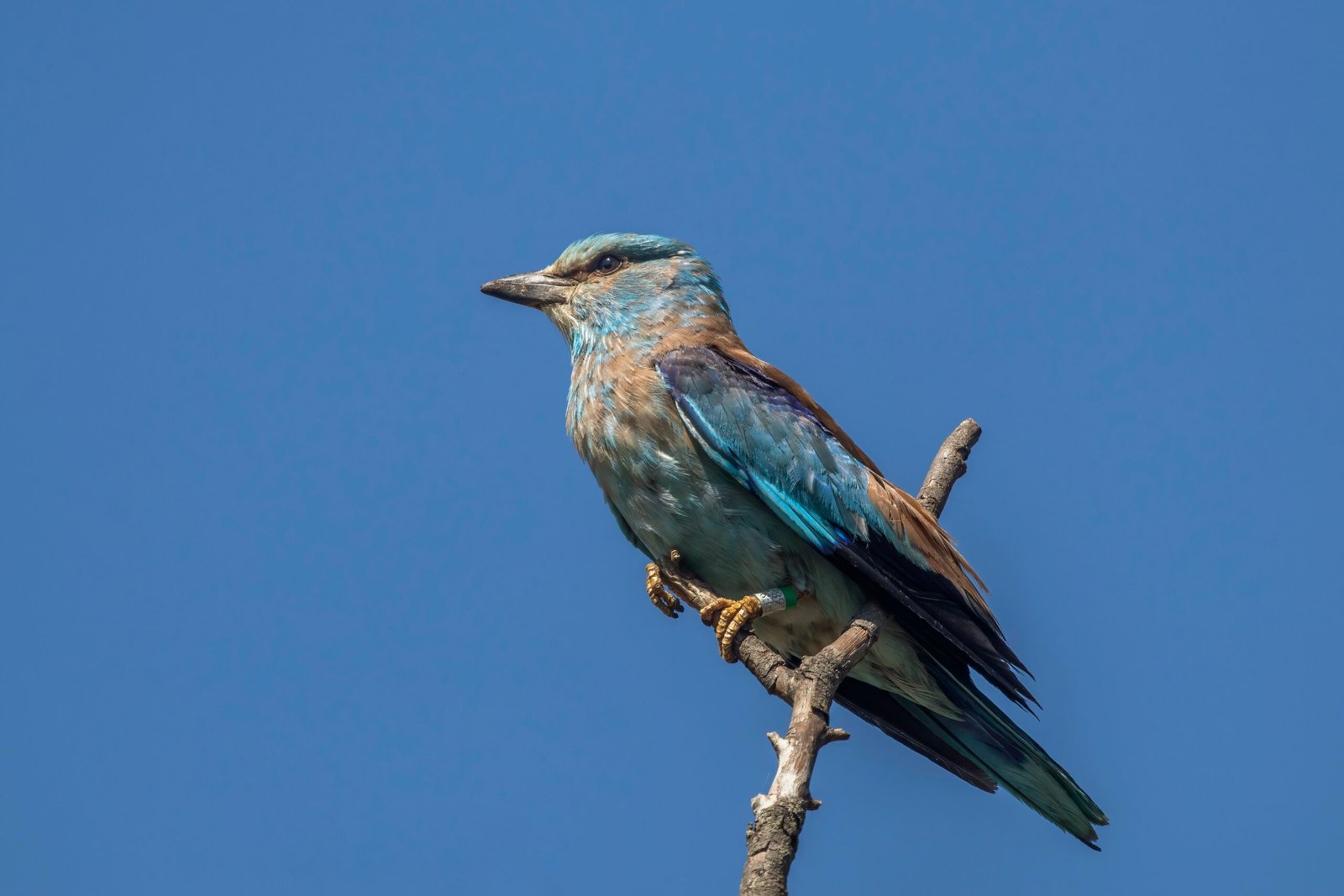
If you catch sight of a flash of turquoise and chestnut swooping over an Italian field, you might be watching the European Roller. These birds are not just beautiful—they’re also armed with a unique and revolting defense. When threatened, roller chicks vomit a foul-smelling orange liquid, coating themselves and their nest. This vomit is so repellent that it sends most predators running, and it even warns the parent birds to stay away until the coast is clear. The European Roller’s defense is so effective that scientists have observed significantly lower nest predation rates compared to other cavity-nesting birds. For the roller, turning its stomach inside out is a small price to pay for survival. In fact, this tactic is so well-known that some Italian farmers have nicknamed the bird “la puzzolente,” meaning “the stinker.”
How the Stinky Bombs Work: Chemical Composition and Impact
The secret behind these stinky bombs lies in their chemical composition. Both the Eurasian Hoopoe and the European Roller produce substances containing powerful volatile compounds. In the hoopoe, the secretion is rich in organic sulfur compounds, which are notorious for their rotten egg smell. The roller’s vomit, meanwhile, contains a mix of semi-digested food and digestive enzymes, making it both acidic and pungent. These chemicals not only repel predators with their intense odor but may also have antimicrobial properties, providing extra protection against bacteria and parasites. For predators, a single exposure to this stench is often enough to create a lasting negative memory. In the wild, such chemical warfare can mean the difference between life and death, especially for vulnerable chicks in exposed nests.
Survival of the Smelliest: Evolutionary Advantages
Surviving in the wild is a constant struggle, and for these Italian birds, their stink bombs have become a winning evolutionary strategy. By making themselves unappealing to predators, they dramatically increase the chances of their chicks surviving to adulthood. Over generations, natural selection has favored individuals with the strongest, most repulsive defenses, resulting in birds that are masters of chemical warfare. Scientists studying nest predation in Italy have found that hoopoe and roller nests are raided less frequently than those of other cavity-nesting species. This evolutionary arms race has pushed predators to seek easier, less stinky meals, giving these birds a distinct edge. In the end, it’s not always the sharpest talons or fastest wings that ensure survival—it’s often the most unexpected adaptations.
The Role of Smell in Bird and Predator Interactions
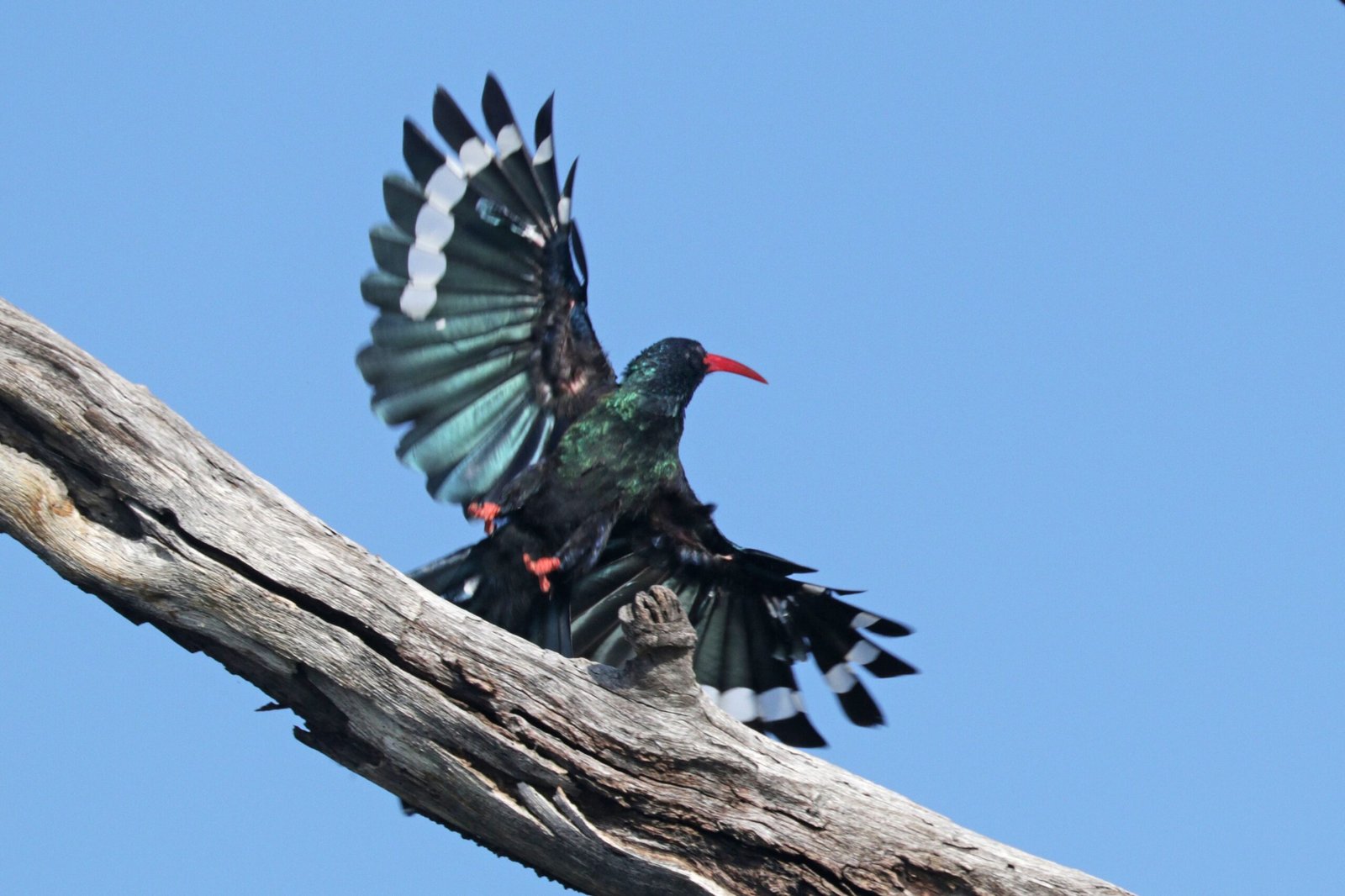
While humans often underestimate the power of smell, in the animal kingdom, odors can be crucial signals. For many mammals and reptiles that prey on birds, a strong, unpleasant smell is a clear warning sign. The scent left behind by a hoopoe or roller can linger for days, acting as a deterrent even after the birds themselves are gone. This olfactory defense not only protects the chicks but also marks the area as risky, reducing future attacks. In some cases, predators have been observed actively avoiding areas where they previously encountered the stench. It’s a powerful reminder of how sensory cues—especially smell—shape relationships in the natural world. For Italian birds, harnessing the power of stink is like writing a “Keep Out” sign in the universal language of odor.
Human Encounters: When People Get Sprayed
The stinky defenses of these birds aren’t just reserved for natural predators—humans can sometimes end up on the receiving end too. Farmers, hikers, and birdwatchers in Italy have occasionally found themselves unexpectedly sprayed by a startled hoopoe or roller chick. The experience is both shocking and hilarious, often leading to stories that become the stuff of local legend. Some Italian children even dare each other to approach known nesting sites, turning the risk of a stinky surprise into a rite of passage. While the odor is harmless to humans, it’s certainly memorable, often requiring a thorough wash to remove. These encounters serve as a reminder that nature’s defenses are not just fascinating—they’re also effective enough to leave a lasting impression on anyone who gets too close.
Cultural Significance: Birds, Myths, and Folklore
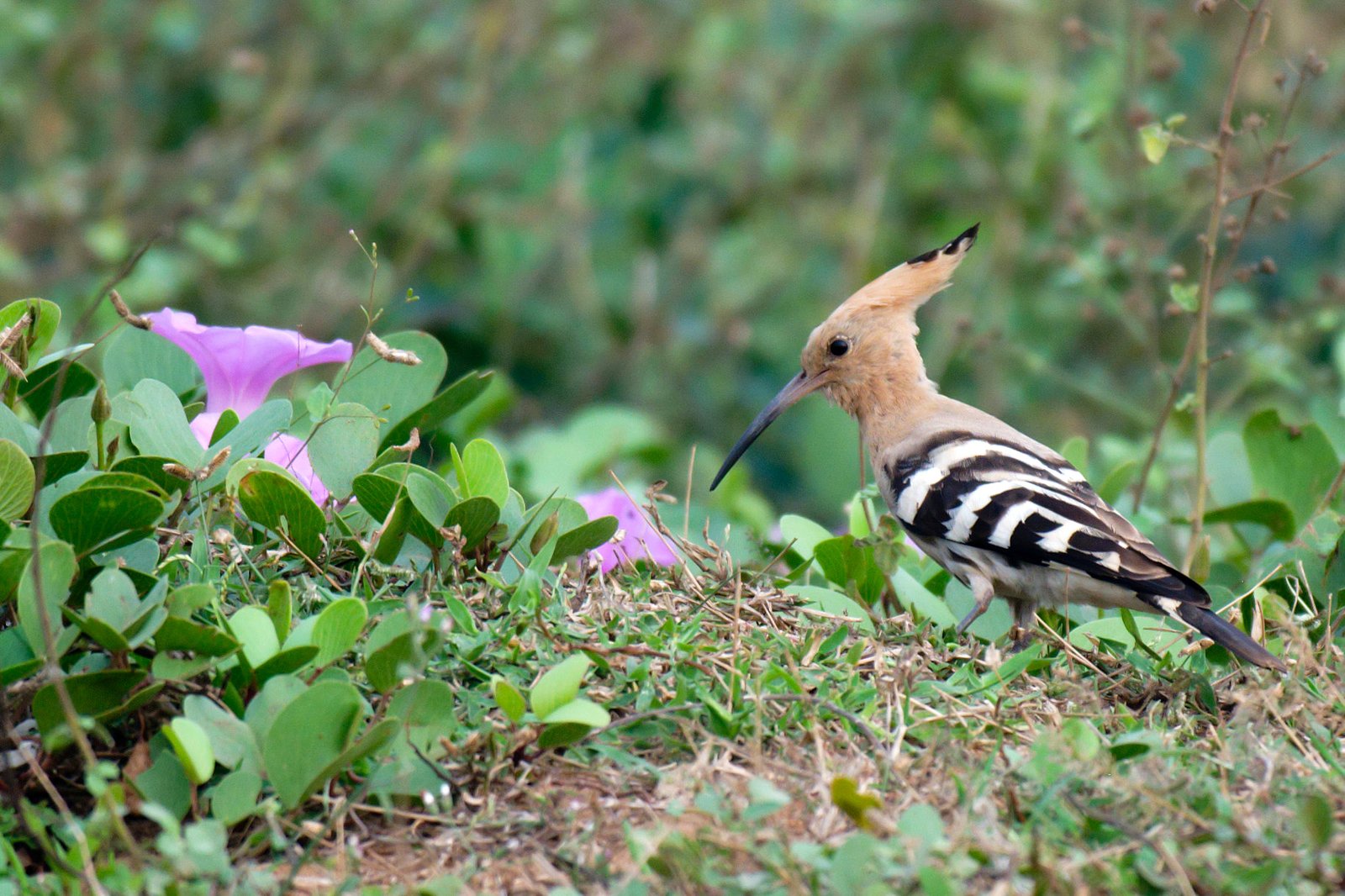
Italy’s birds have long been woven into the fabric of local folklore, and the stink-bombing species are no exception. Ancient Roman texts made reference to birds that “defended their homes with foulness,” while rural legends tell of magical birds that could curse or bless with their scents. In some villages, the hoopoe is considered a symbol of protection, its stench seen as a magical barrier against evil spirits. Children’s rhymes and stories often feature the roller as a clever trickster, outsmarting predators and humans alike with its revolting defense. These tales not only entertain but also carry important lessons about respecting the boundaries of nature. Even today, the mystique surrounding these birds ensures that their reputation for stinkiness lives on in Italian culture.
Conservation Concerns: Protecting Italy’s Stinky Defenders
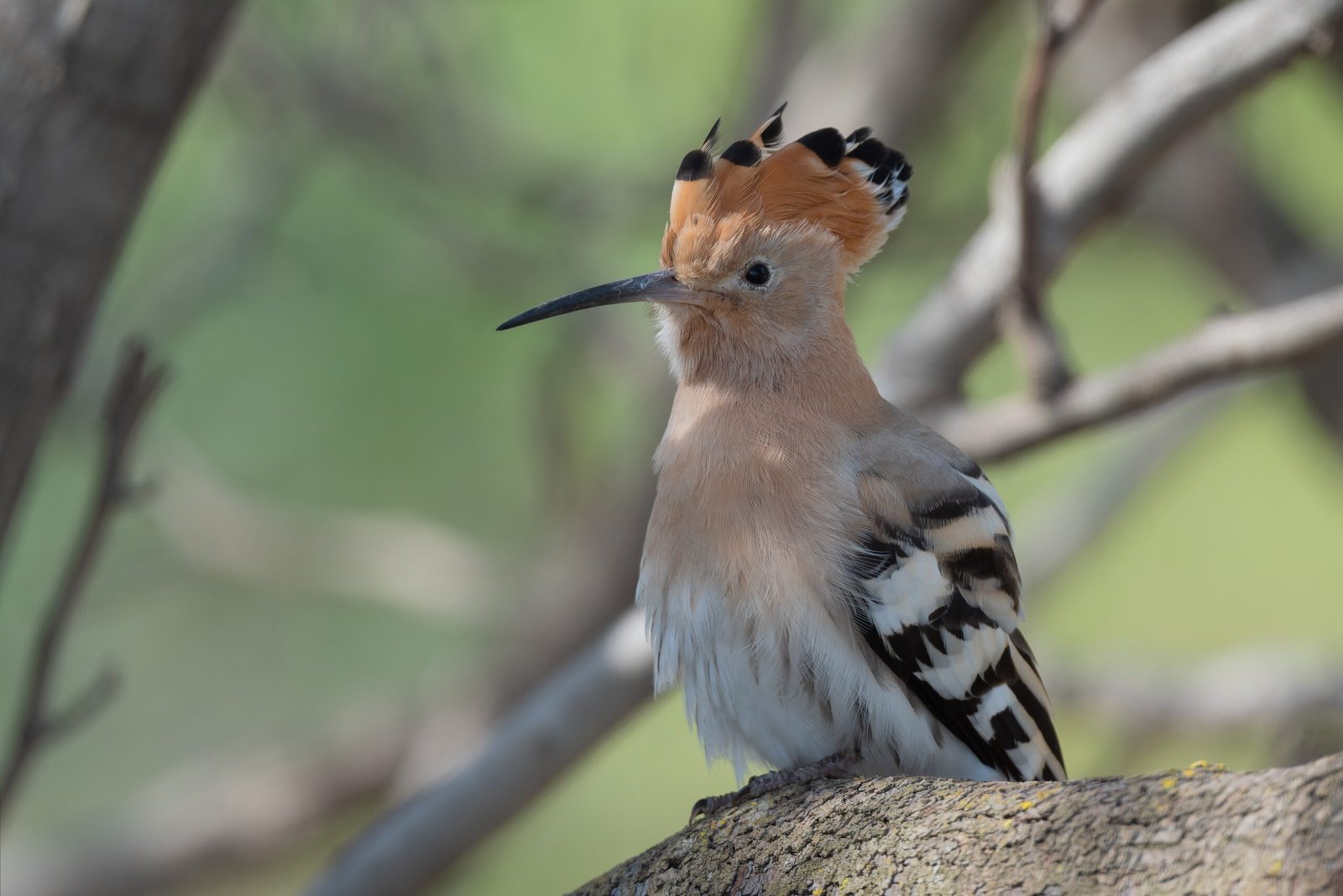
Despite their clever defenses, these birds are not immune to modern threats. Habitat loss, pesticide use, and climate change have all taken a toll on populations of the Eurasian Hoopoe and European Roller in Italy. Conservationists are working to protect nesting sites and restore suitable habitats, recognizing that these birds play a unique role in the ecosystem. Their presence is a sign of healthy, diverse landscapes, and their disappearance would be a loss not just for science but for Italian culture as well. Efforts to educate the public about the importance of these birds are gaining ground, with ecotourism and citizen science projects helping to monitor populations. The hope is that future generations will continue to marvel at—and perhaps dodge—the legendary stink bombs of Italy’s avian tricksters.
Italy’s Stink-Bombing Birds: Nature’s Unforgettable Performers
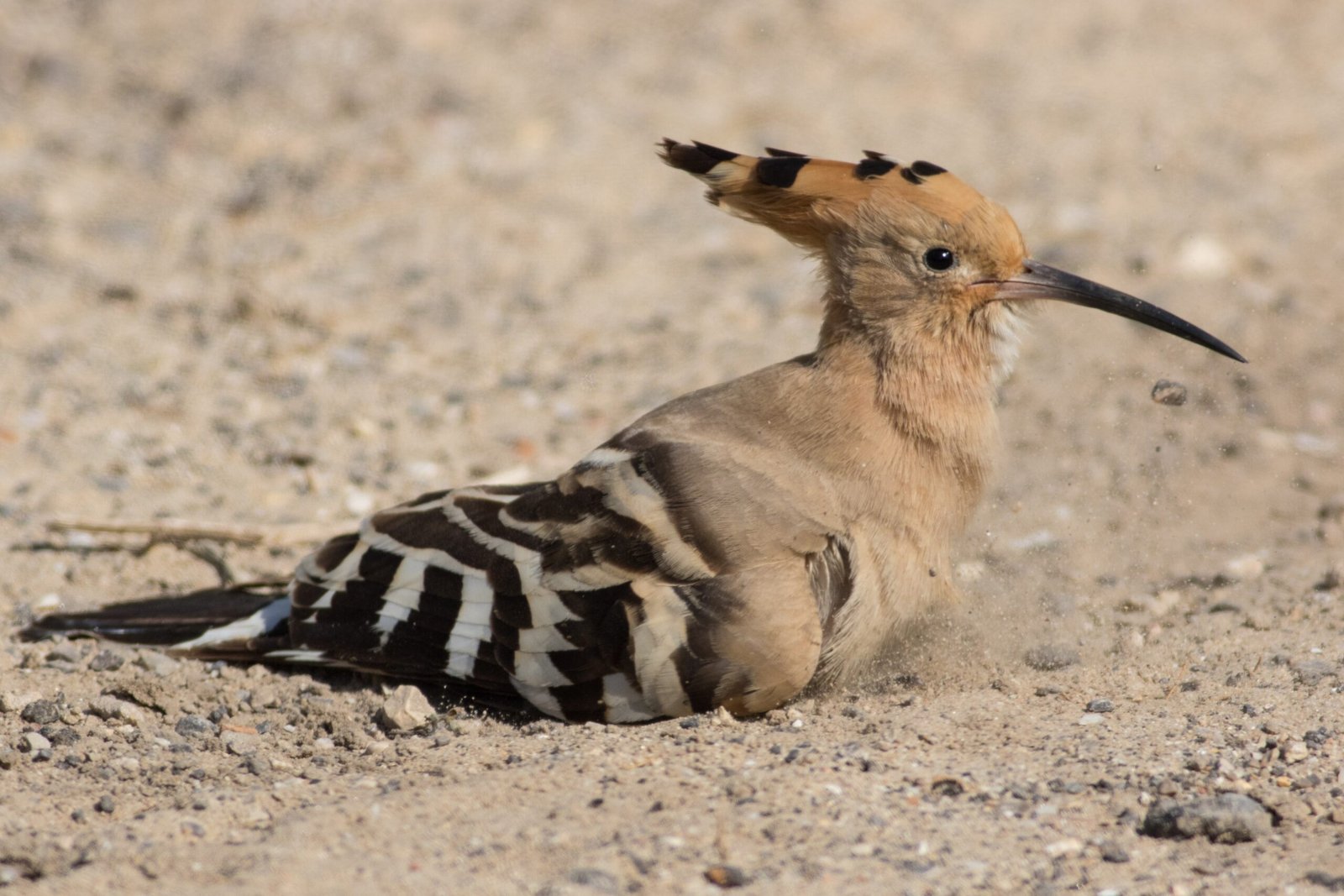
Italy’s stink-bombing birds are a testament to the wild creativity of evolution and the surprising ways animals adapt to survive. Their smelly defenses may seem odd or even comical, but they serve a vital purpose, protecting vulnerable chicks from danger in a world full of hungry predators. These birds challenge our ideas about beauty and survival, reminding us that sometimes, the most effective strategies are also the most unexpected. As you wander through Italy’s fields or woodlands, keep an eye—and nose—out for these remarkable creatures. You never know when you might witness one of nature’s funniest, most unforgettable defense acts. Would you have guessed that something so beautiful could be so brilliantly stinky?



